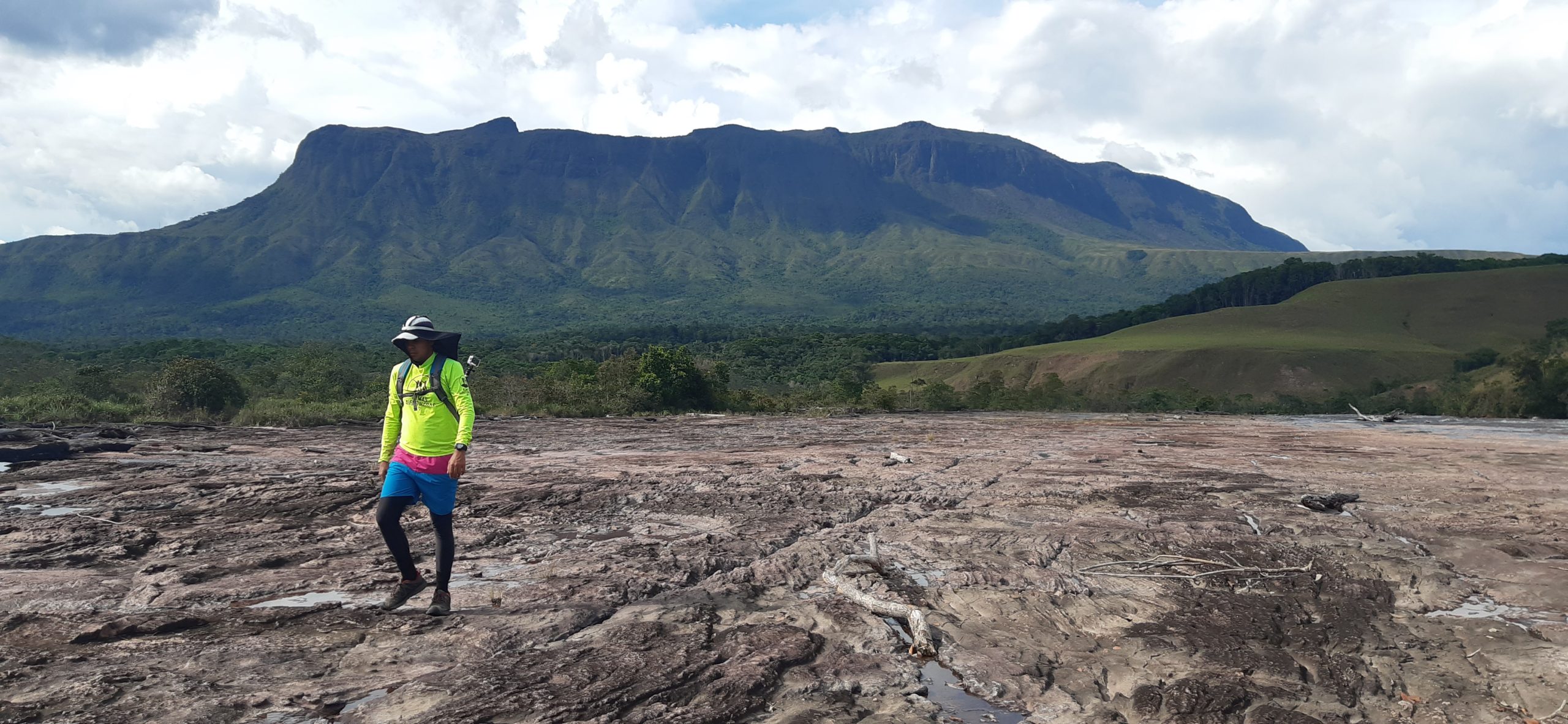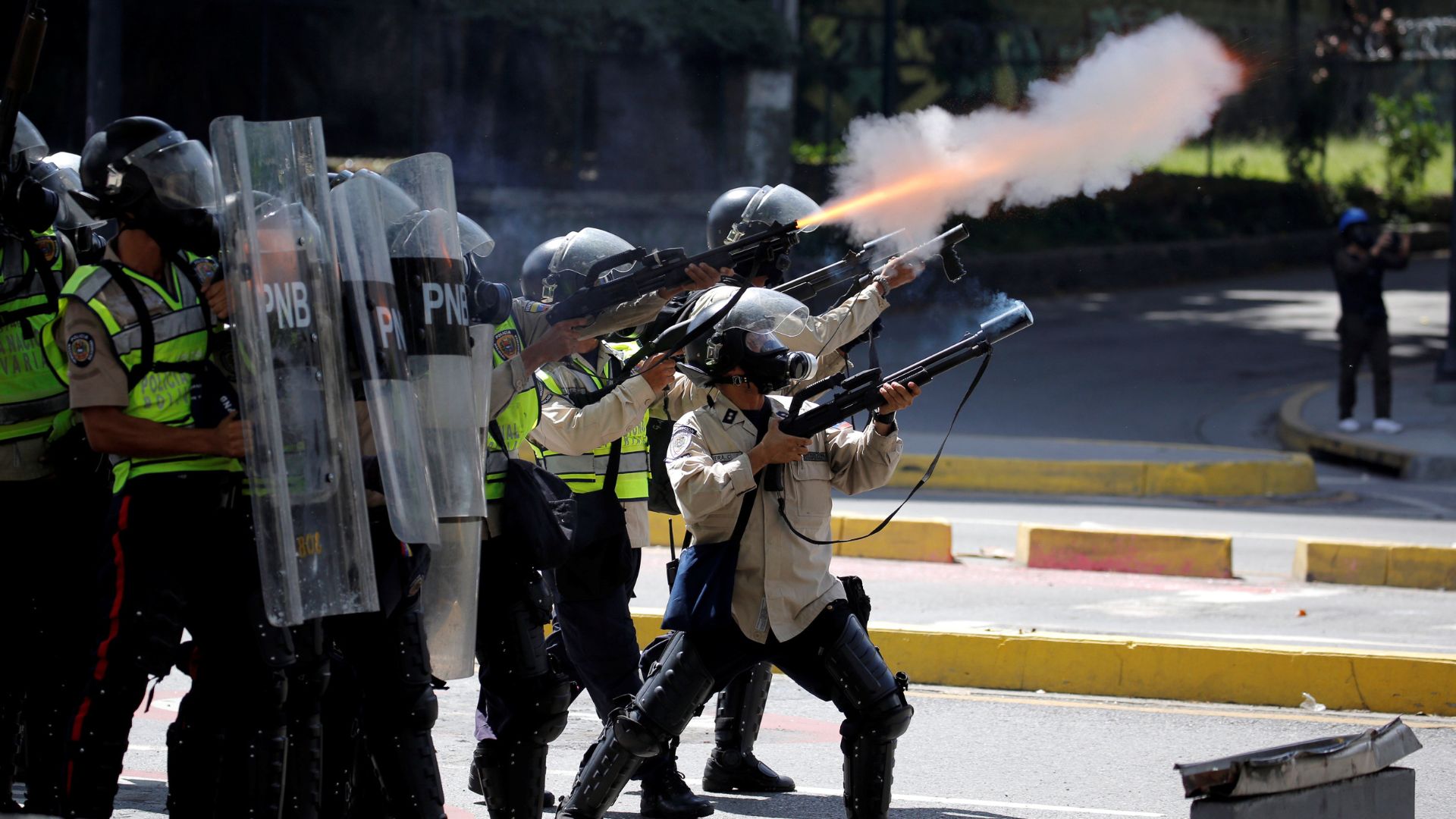The following lines are a synthesis of the main findings of a research on the use and abuse of lethal force in Venezuela, conducted in the framework of the second edition of the Lethal Force Monitor, a regional project consisting of a comparative study of Brazil, Chile, Colombia, El Salvador, Jamaica, Mexico, Trinidad and Tobago and Venezuela.
Due to space constraints, we are not going to delve into the multidimensional crisis afflicting the country, especially during the last nine years; a crisis of a political, institutional, economic, and social nature that serves as a context and a breeding ground for the unrestricted exercise of lethal institutional violence. We will focus on four main topics:
1. The official figures
Official figures show us that, since 2016, some 5,000 people die every year in incidents involving the intervention of the public force in Venezuela. Between 2016 and 2018, 15 young Venezuelans died every day under these circumstances.

Regarding the figures per hundred thousand inhabitants and comparing them with neighboring countries, the contrast is stark. Venezuela’s rate is three times higher than the next country on the list, Jamaica. At 16.6 deaths due to state agents’ intervention, the figure is higher than the homicide rate of most countries in the world.

In general terms, and according to the available official figures, the weight of these deaths as a percentage of all homicides in Venezuela is also increasing: From barely 4% in 2010, to 33% eight years later. In other words, one in every three homicides in the country is a consequence of the intervention of the State security forces. 10% is considered the threshold of admissible values, beyond which there is evidence of excessive use of lethal force. Venezuela exceeds this threshold by three times, something that is not observed in any of the other countries of the region.

To grasp the dimension of the problem, this type of case barely accounts for 9% to 11% of all homicides in Brazil. Between 2017 and 2018, Venezuela had more deaths due to the intervention of the public force than its southern neighbor, which has seven times its population: 9,920 deaths in Brazil and 10,285 in Venezuela.
2. the Year 2019
Unfortunately, there is no official data for 2019. The information collected from the news shows us that the year in question registered the highest number of cases of the five-year monitoring period. This increase (57.5%) is one likely reason for the silence of the authorities on the real number of cases in 2019.
3. The lethality index
The lethality index, or the ratio between the number of civilians killed and the number of civilians wounded, should always be below one. An index above this threshold, that is, more civilians killed than wounded, reveals an excessive use of force, as is the alarming case in Venezuela.
The country went from having 22 civilians killed for each wounded civilian in 2016, to 60 in 2019, a 173% increase in four years.

4. The characterization of the cases
The profile of the victims who die due to the intervention of the public force matches certain characteristics. They are male (98%), black or mestizo (79%), aged 26 to 27, and residents of disadvantaged communities and peripheral neighborhoods of the country. Most of the cases occur in the context of police operations, officially and discursively justified by “public security”. Some of them are used by the government as propaganda during elections or political crises.
After studying the trends for several years, it is observed that the victims can be killed for multiple reasons. On not rare occasions, the victims are misidentified or mistaken for someone else. Then we have old personal quarrels; the officers’ urge to show “positive” results to their superiors in certain moments; the fact that the victim had a criminal or police record, was requested by justice, or was in the company of one person requested by justice; the participation of the victim in the assault of a security agent or the commission of another crime, or an actual armed confrontation. The latter, however, is very exceptional (no more than 12% of cases).
In general, both in the incidence indicators and the abuse indicators, whether by official sources or media sources, Venezuela’s figures well above the acceptable limits indicate excessive and disproportionate use of lethal force, becoming the most extreme case in the region.
The search for justice in these cases by the relatives of the victims is a colossal task for what we hope this type of initiative can be useful to them and help prevent more deaths.
You can download the regional report HERE and the Venezuela report HERE
Translated by Jose Rafael Medina




